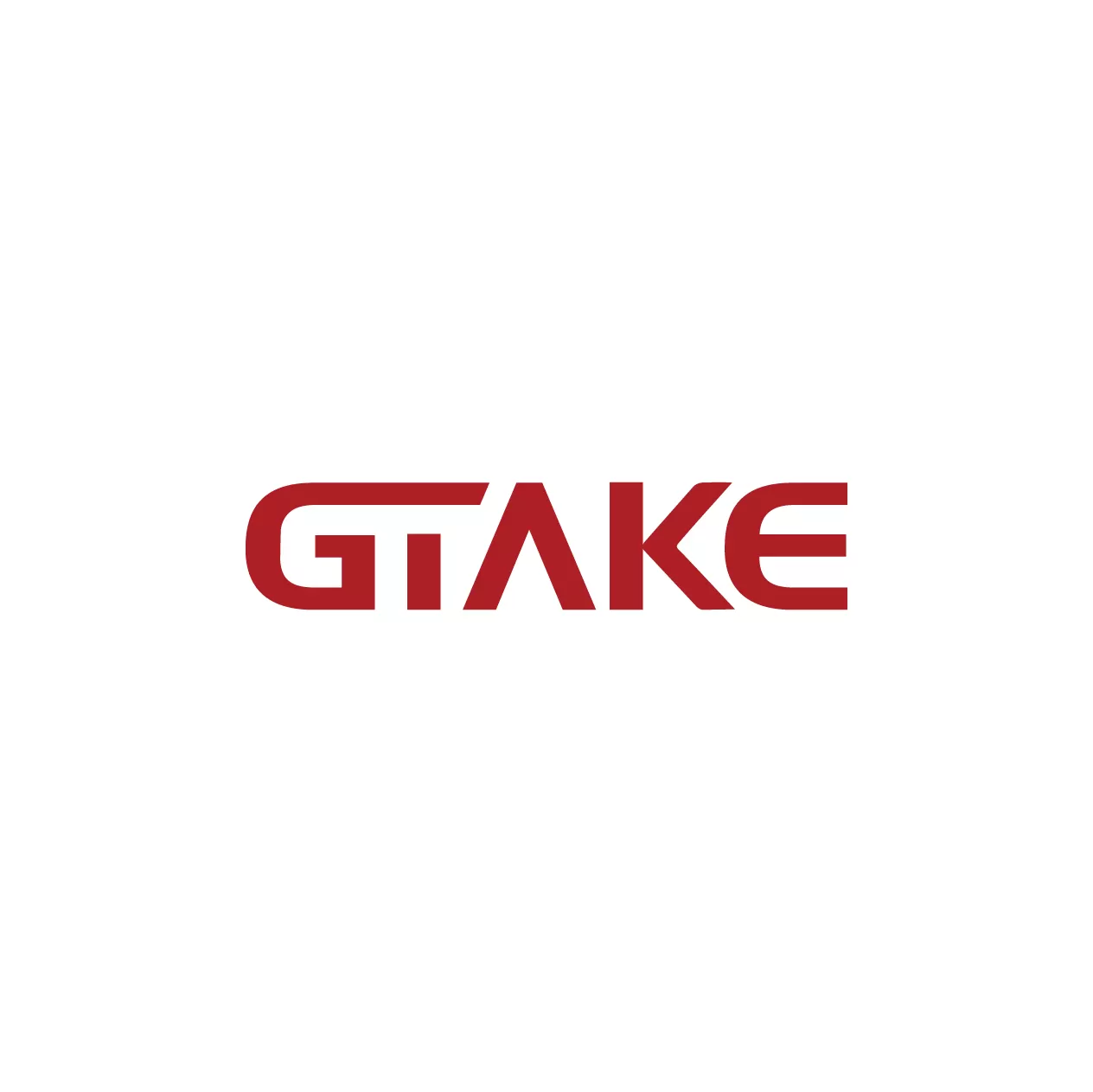VFD (Variable Frequency Drive): An Overview
A Variable Frequency Drive (VFD), also known as a Variable Speed Drive (VSD) or Frequency Converter, is an electronic device used to control the speed and torque of an electric motor by adjusting the frequency and voltage supplied to the motor. VFDs are widely used in various industrial and commercial applications to optimize motor-driven systems and enhance energy efficiency.
How VFDs Work
At the core of a VFD is its ability to manipulate the frequency of the AC power supplied to a motor. In an AC motor, the speed of the motor is directly proportional to the frequency of the electrical supply. The VFD can vary this frequency, thereby controlling the speed of the motor.
Here’s a simplified breakdown of how a VFD works:
- Rectification: The AC power supply is converted into DC power by the rectifier circuit within the VFD.
- DC Link: The DC power is filtered and stored in capacitors in the DC link section.
- Inversion: The DC power is then converted back into AC with the desired frequency and voltage by the inverter section, which uses switching devices like transistors to generate the AC output.
This process allows the motor to operate at different speeds, providing precise control over the motor’s performance.
Benefits of VFDs
- Energy Efficiency:
VFDs are an excellent tool for reducing energy consumption. By adjusting motor speed based on demand, VFDs avoid the need for motors to run at full speed all the time. In systems like pumps, fans, and compressors, where the required output often fluctuates, using a VFD can result in significant energy savings.
- Improved Control and Performance:
VFDs provide precise control over motor speed and torque, improving the performance of machinery. This results in smoother starts and stops, reduced mechanical wear and tear, and better overall process control.
- Reduced Mechanical Stress:
By controlling the acceleration and deceleration of motors, VFDs help minimize mechanical stresses on equipment, reducing the risk of damage and extending the lifespan of motors and connected systems.
- Cost Savings:
By optimizing energy use, reducing downtime, and minimizing the need for maintenance, VFDs can help lower operational costs in the long term.
- Enhanced Process Control:
VFDs are especially useful in processes where precise control of speed is required, such as in conveyors, cranes, and HVAC systems. By adjusting the motor speed according to demand, VFDs improve the consistency and quality of the final product.
Applications of VFDs
- HVAC Systems:
In heating, ventilation, and air conditioning (HVAC) systems, VFDs are used to control the speed of fans and pumps, optimizing energy usage while maintaining the required airflow and pressure.
- Pumps and Fans:
Pumps, whether for water supply, wastewater treatment, or industrial processes, often benefit from VFD control. VFDs adjust the motor speed to match demand, reducing energy use and increasing efficiency. Similarly, large ventilation fans can be controlled to match airflow requirements.
- Conveyors:
In material handling and production lines, conveyors often need to operate at variable speeds depending on the process. VFDs provide the flexibility to control conveyor speed and ensure smooth operations.
- Cranes and Hoists:
In lifting applications, VFDs provide smooth, controlled movements by regulating the speed of the motor, reducing jerky starts and stops, and improving safety.
- Electric Vehicles (EVs):
VFDs are essential in electric vehicle (EV) applications, where they control the speed and torque of the motor to optimize driving performance and efficiency.
- Industrial Automation:
VFDs are widely used in automation applications, where precise speed control is required for robotics, CNC machines, and other automated systems.
Types of VFDs
VFDs are generally classified based on their control method and application requirements. Some common types of VFDs include:
- Volts/Hertz (V/F) Control:
This is the most basic form of VFD control. It maintains a constant ratio of voltage to frequency, suitable for less demanding applications where precise control of speed and torque is not required.
- Vector Control (V/Hz):
In vector control, the VFD controls both the magnitude and phase of the motor’s magnetic field. This allows for better torque control and improved performance at low speeds, making it ideal for applications that require higher precision.
- Sensorless Vector Control (SLVC):
Sensorless vector control is a variant of vector control that does not require external sensors to measure motor speed or position. It estimates motor characteristics based on its operating conditions and is often used in applications where space or cost constraints prevent the use of additional sensors.
- Direct Torque Control (DTC):
DTC is a high-performance control method that provides faster response times and more precise control of motor torque and speed. It is used in applications where high performance and quick adjustments are critical.
VFD Selection Criteria
When selecting a VFD for a specific application, several factors should be considered:
- Motor Type:
Different motors (e.g., induction motors, synchronous motors) may require different types of VFDs. It is important to match the VFD with the motor’s requirements.
- Power Rating:
The VFD should be selected based on the motor’s power rating, ensuring it can handle the motor’s maximum power demand.
- Control Features:
Depending on the application, you may need a VFD with advanced features like PID control, communication interfaces (Modbus, Profibus), or multi-motor control.
- Environment:
The operating environment (e.g., temperature, humidity, dust) can impact the choice of VFD. For instance, outdoor or harsh environments may require a VFD with protective enclosures.
- Application Requirements:
The specific needs of the application, such as the required speed range, torque performance, and dynamic response, will determine the best type of VFD for the job.
Conclusion
Variable Frequency Drives (VFDs) are essential in modern industrial systems for providing efficient and precise control over motor operations. Whether you’re in manufacturing, HVAC, water treatment, or renewable energy, VFDs play a key role in enhancing energy efficiency, reducing operational costs, and improving system performance.
By adjusting motor speed and optimizing energy usage, VFDs help businesses reduce waste, improve process control, and support sustainable growth. With various types of VFDs available, businesses can select the most suitable technology for their specific needs, driving increased productivity and lower operational costs.

